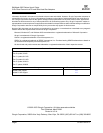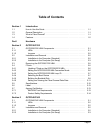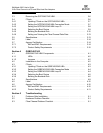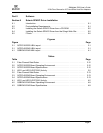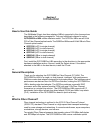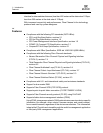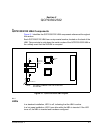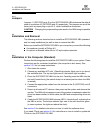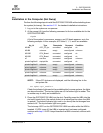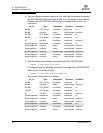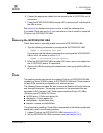
1 – Introduction
Features
1-2 CF2351102-00 F
Q
interface for intermediate distances (less than 500 meters at the data rate of 1 Gbps;
less than 300 meters at the data rate of 2 Gbps).
With increased connectivity and performance, Fibre Channel is the technology
preferred and used by system designers.
1.4
Features
■ Compliance with the following PCI standards (QCP HBAs):
❑ PCI Local Bus Specification, revision 2.1
❑ PCI Hot Plug Specification, revision 1.0
❑ PCI Power Management Interface Specification, revision 1.0
❑ PICMG 2.0 Compact PCI Specification, revision 2.1
❑ CompactPCI Hot Swap Specification, revision 2.1
■ Compliance with SBus Specification, IEEE std 1496-1993 (QSB HBAs)
■ Compliance with the following Fibre Channel standards:
❑ Second Generation Fibre Channel Physical and Signaling Interface
(FC-PH-2), revision 7.4
❑ Third Generation Fibre Channel Physical and Signaling Interface (FC-PH-3),
revision 9.2
❑ Fibre Channel-Arbitrated Loop (FC-AL-2), revision 5.4
❑ Fibre Channel Fabric Loop Attachment (FC-FLA), revision 2.7
❑ Fibre Channel Generic Services 2 (FC-GS-2), revision 5.3
❑ Fibre Channel Switched Fabric (FC-SW), revision 3.3
■ Compliance with U.S. and international safety and emissions standards
■ Support for bus master DMA
■ Supports Fibre Channel SCSI (FCP-SCSI) protocol
■ Supports point-to-point fabric connection (F-PORT FABRIC LOGIN)
■ Supports Fibre Channel security protocol (FC-SP) using DH-CHAP
■ Supports fabric device management interface (FDMI)
Using FDMI, storage area network (SAN) administrators can view device-specific
information (for example, driver version, firmware version, and model number)
from a central console, regardless of the device manufacturer. This information
is kept at the FC switch and viewed through the switch's management application
or third party SAN management applications.




